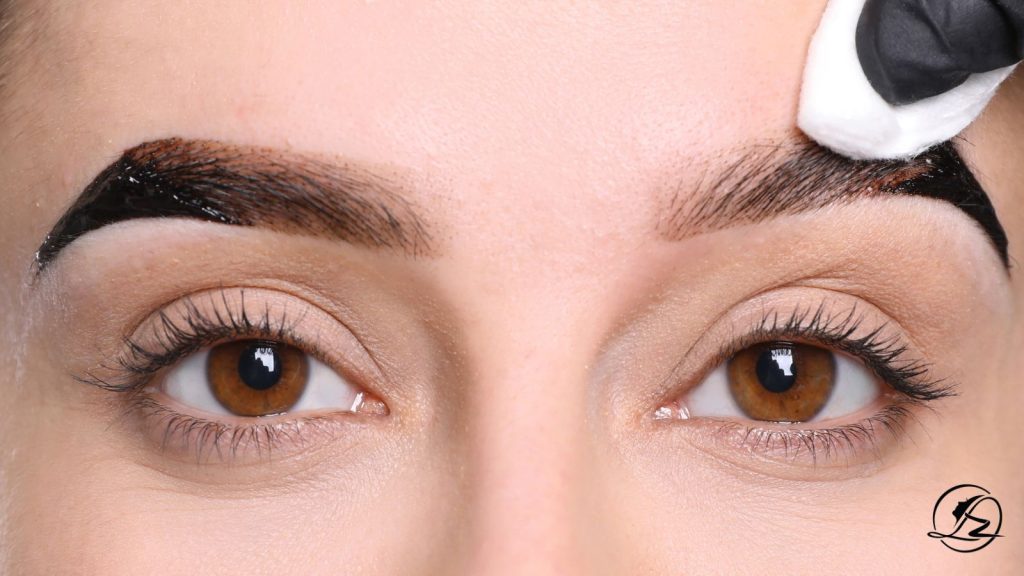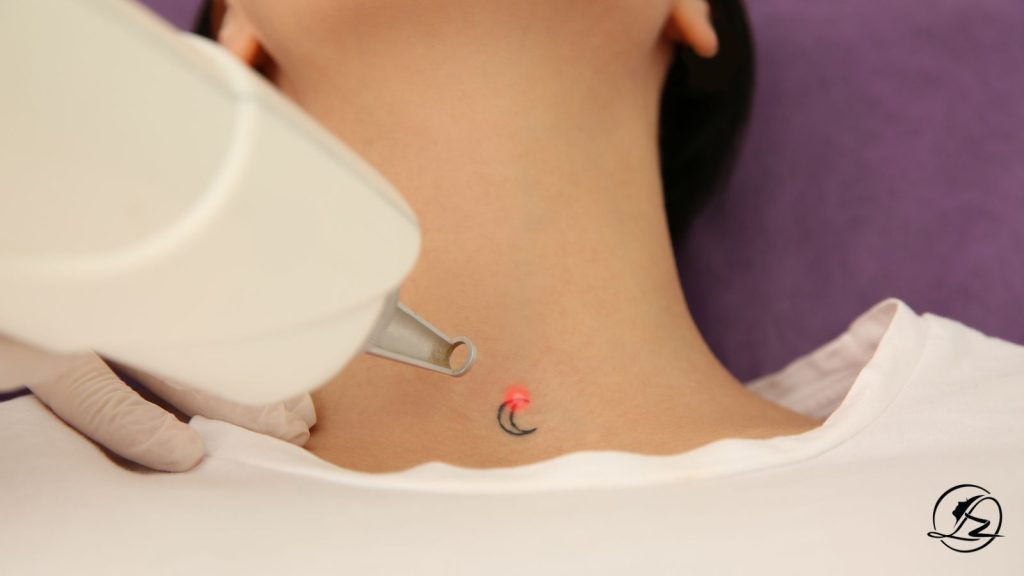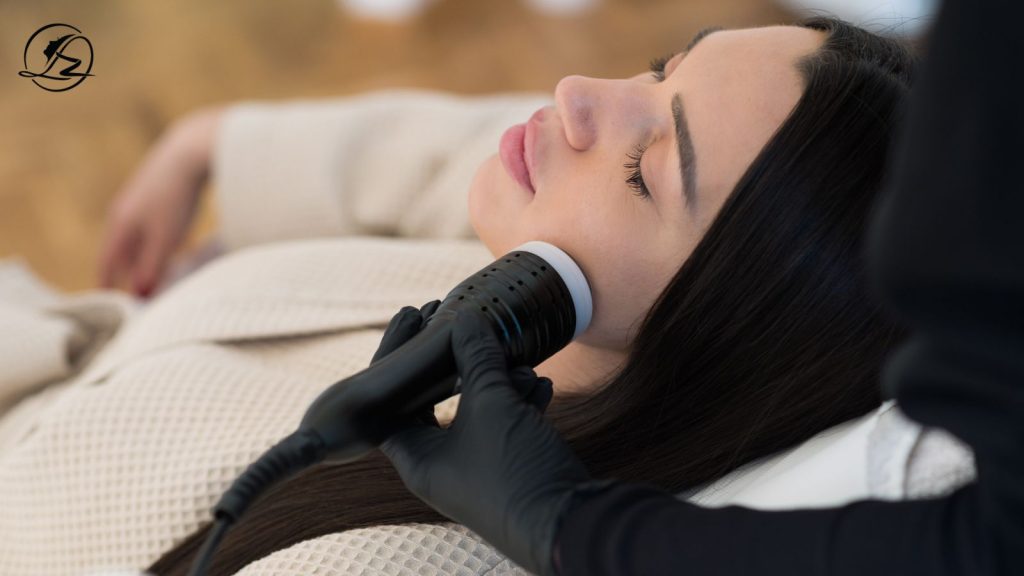The world of eyebrow enhancement has evolved dramatically, offering a variety of methods to achieve fuller, perfectly shaped brows. Among the most popular techniques are microblading and traditional eyebrow tattoos.
While both aim to enhance the appearance of the brows, the methods, results, and long-term effects differ greatly. This article will explore both procedures in detail, providing a comprehensive comparison to help you decide which option is best for you.
What is Microblading?
Microblading is a semi-permanent cosmetic tattoo technique designed specifically for the eyebrows. It involves using a hand-held tool with fine, tiny needles that deposit pigment into the skin, mimicking the appearance of real eyebrow hairs.
Unlike traditional tattooing, microblading is done manually, creating hair-like strokes that blend seamlessly with the natural eyebrows.
What is Traditional Eyebrow Tattooing?
Traditional eyebrow tattooing is a permanent method where a tattoo machine is used to deposit ink deep into the skin, creating a solid, filled-in brow look.
The tattooing method typically involves a continuous line or shading, which doesn’t mimic the appearance of natural hair as precisely as microblading does.
Key Differences Between Microblading and Traditional Eyebrow Tattoos
To better understand which option might be right for you, let’s break down the key differences between microblading and traditional eyebrow tattoos.
| Feature | Microblading | Traditional Eyebrow Tattooing |
| Longevity | Semi-permanent, lasts 1-3 years, depending on skin type and aftercare. Requires touch-ups. | Permanent, can last a lifetime but may fade over time to a bluish or greenish hue. |
| Procedure | Manual, uses a small tool with a blade to create hair-like strokes on the upper layers of the skin. | Uses a tattoo machine to implant ink deeper into the skin. |
| Pain Level | Minimal discomfort, often described as a scratchy sensation. Numbing cream is applied. | More painful as the ink penetrates deeper into the skin. Numbing agents are also used but discomfort is more significant. |
| Healing Time | 7-14 days for the initial healing, with full results visible in 4-6 weeks. | 2-3 weeks for healing, but the tattoo may scab more heavily and take longer to settle. |
| Appearance | Natural, hair-like strokes. Ideal for mimicking individual eyebrow hairs. | Solid, filled-in brows. Can look less natural due to the solid block of color. |
| Fading | Fades naturally over time as the pigment is absorbed by the skin, typically without discoloration. | May fade to unnatural colors (bluish or greenish) over time due to the ink used. |
| Maintenance | Requires touch-ups every 12-18 months to maintain shape and color. | Typically requires fewer touch-ups but may need color correction as the tattoo fades. |
| Customization | Highly customizable; strokes can be tailored to match natural hair color, direction, and thickness. | Limited customization; more difficult to match natural hair growth patterns. |
| Suitability for Skin Types | Suitable for normal to dry skin types, although oilier skin may cause faster fading. | Suitable for all skin types, but results are less refined on oily skin. |
In-Depth Comparison of Microblading and Traditional Eyebrow Tattoos
1. Longevity
One of the most significant differences between microblading and traditional eyebrow tattoos is their longevity. Microblading is considered semi-permanent, meaning that it fades over time. This is because the pigment is applied to the upper layers of the skin, where natural skin regeneration occurs more frequently. Typically, microblading lasts anywhere from 1 to 3 years, depending on factors like skin type, sun exposure, and how well you care for your brows post-procedure.
In contrast, traditional eyebrow tattoos are permanent, with the ink being deposited much deeper into the skin. However, while they are long-lasting, traditional eyebrow tattoos can change color over time. It’s not uncommon for the ink to turn blue, green, or greyish as the years pass, which can lead to an unnatural appearance.
2. Appearance and Technique
Microblading provides a far more natural-looking result than traditional eyebrow tattoos. The strokes made during microblading mimic individual hairs, allowing the artist to create a feathered, more textured brow that blends in with your natural hair. This method works especially well for people who have thin or uneven brows and want to enhance them without the look of heavy makeup.
Traditional eyebrow tattoos, on the other hand, use a machine to fill in the entire brow area with pigment. While this can give the appearance of fuller brows, it often results in a “solid” or “blocky” look, which may not mimic the natural hair growth pattern as effectively. Additionally, the thicker application of ink can sometimes look too heavy or artificial, especially for those seeking a subtler enhancement.
3. Pain and Healing Process
Both microblading and traditional eyebrow tattoos can cause discomfort, though the pain level varies between the two. Since microblading only targets the upper layer of the skin, it is less painful than traditional tattoos. Most clients describe the sensation as similar to light scratching, and numbing creams are typically applied before the procedure to minimize discomfort.
Traditional tattooing, which penetrates deeper into the skin, tends to be more painful. The healing process for both techniques involves a bit of tenderness and scabbing, but eyebrow tattoos tend to scab more heavily, leading to a longer healing time. With microblading, initial healing takes about 7-14 days, while full results can take up to 6 weeks. Eyebrow tattoos may take 2-3 weeks to heal, with the final results taking longer to settle.
4. Fading and Maintenance
Since microblading is a semi-permanent procedure, it requires regular touch-ups to maintain its appearance. Most people need a touch-up about 12-18 months after the initial procedure to refresh the color and shape. While this may seem like a disadvantage compared to the permanence of eyebrow tattoos, it’s also a benefit because clients have the flexibility to adjust the brow shape or color as their preferences or facial features change over time.
Traditional eyebrow tattoos are permanent, but this does not mean they are maintenance-free. Over time, the ink can fade into unnatural colors, such as blue or green. Color correction treatments are often necessary to bring the brows back to a natural hue, and some people opt for removal if the brows no longer suit their aesthetic preferences.
Which is Better?
Both microblading and traditional eyebrow tattoos have their advantages and disadvantages, and the right choice largely depends on your personal preferences and goals.
– Microblading is ideal for those seeking a natural, subtle look with hair-like strokes that blend with the real eyebrows. It’s especially suitable if you’re open to maintaining the look with touch-ups every year or two.
– Traditional eyebrow tattoos are a better option for individuals looking for a more permanent solution, though the potential for color changes and a more artificial appearance should be considered.
Ultimately, if your goal is a natural, realistic brow with the flexibility to update your look as trends and preferences change, microblading is likely the better choice. For those who prefer a more permanent, cost-effective solution, traditional eyebrow tattoos might be more appealing, though the fading colors and solid appearance can be a drawback.
Conclusion
The decision between microblading and traditional eyebrow tattoos depends on your desired outcome, pain tolerance, and willingness to maintain your brows over time.
Microblading offers more natural results but requires regular upkeep, while traditional eyebrow tattoos provide a permanent solution that may require color correction in the future. Whatever your choice, it’s essential to consult with a qualified professional who can guide you through the process and ensure the best results for your face and skin type.



